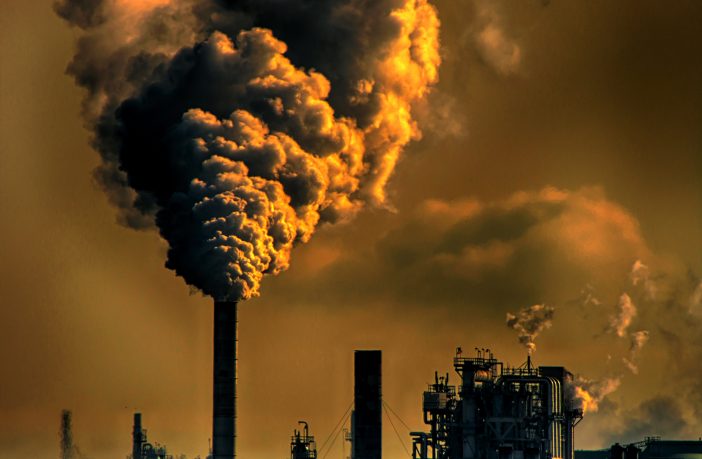- The announcement confirms that coal and gas will dominate energy production leading up to 2030.
- South Africa ranks 16th among the dirtiest energy producers in the world.
- South Africa’s coal dominated power sector has the highest emissions intensities in the world.
- Equally concerning is the big shift in allocation to natural gas energy production at 8100Mw with no supply plan or environmental implications in place.
This week The Portfolio Committee on Energy adopted its report on the draft Integrated Resource Plan (2018). The announcement confirms that coal and gas will dominate energy production leading up to 2030.
The outcome has environmental lobby groups questioning the coal and gas capacity in relation to the countries commitment to the Paris Agreement on Climate Change. The Paris Agreement, signed by Environmental Affairs Minister Edna Molewa in April 2016, commits Eskom to new plant minimum emissions standards for coal-fired power stations from 2020. South Africa ranks 16th among the dirtiest energy producers in the world.
According to the UN’s Brown to Green Report released at the recent G20 Summit, South Africa’s coal dominated power sector has the highest emissions intensities in the world which currently stands at 961 gCO2/kWh. The report also highlights a lack concrete action to phase out coal by the SA Government.
Equally concerning is the big shift in allocation to natural gas energy production at 8100Mw. The gas is expected to be sourced from Mozambique, Zimbabwe and Botswana however there is currently no pipeline supply infrastructure from any of these countries and no environmental implications announced.
To recap, the specific increase in energy production allocations in the new IRP leading up to 2030 are:
- Coal – 1000Mw
- Hydro – 2500Mw
- Solar Pv – 5670 Mw
- Wind Power – 8100 Mw
- Gas – 8100 Mw.
Total installed capacity by 2030 for each technology will be:
- Hydro – 4696Mw
- Coal – 34000 Mw
- Nuclear – 1860 Mw
- Solar Pv – 7958 Mw
- Wind – 11442 Mw
- Pump storage – 2912 Mw
- Gas – 11930 Mw
- Concentrated solar – 600 Mw
In their adoption of the IRP, the Portfolio Committee on Energy resolved to make the following recommendations:
- Expedite the finalisation of the IRP 2018 within the current financial year to restore public confidence and promote policy certainty in the energy sector.
- Review the IRP every two years. In this regard, an immediate study should be conducted to better inform the review of the IRP.
- Seriously consider the concerns raised on demand forecasts, assumptions used, and the robustness of the modelling.
- Given the uncertainty in future demand, technologies and innovation, the committee recommends that any IRP should be flexible enough to respond to these uncertainties, including exploring the feasibility of new and agile approaches to energy provision in this rapidly changing energy environment.
- Direct the department to conduct a thorough socio-economic impact assessment of various energy mix scenarios in preparation for the review of the IRP by 2020.
- Hold a national dialogue on the Just Energy Transition during the current financial year. This should particularly focus on communities that are going to be affected by the transition from the use of fossil fuels.
- Ensure that externalities/environmental impacts of the proposed energy mix are considered in a meaningful way.
- Expedite the finalisation of the Integrated Energy Plan (IEP) and the Gas Utilisation Master Plan (GUMP).
- Include local government in the IRP planning process, including the implementation thereof.
- Ensure that the IRP 2018 and all subsequent IRPs focus more on developing local industries than the reliance on imported technologies.
- Consider alternatives to replace the 2500MW in the event that the Grand Inga project does not come on line in time.
- Increase the allocation of embedded generation from the current 200MW in the draft IRP to at least 500MW.
- The IRP should make it explicit that both coal and nuclear will remain important elements of South Africa’s energy mix. In the case of coal, new clean coal technologies should be pursued.
- The Minister of Energy should convene an energy summit to comprehensively discuss and map out the energy future for South Africa.
Author: Bryan Groenendaal











